Geography
Phitsanulok province covers some 10,584.5 sq. km. The riverside provincial capital is 377 km. North of Bangkok. Phitsanulok is situated on the geographical and administrative line uniting the central and northern regions. Phitsanuloke, located in Central Northern Thailand is a modern city. Ideal as a stepping stone for the Northern visitors attractions including Sukothai.
Phitsanulok was the birthplace of King Naresuan the Great of Ayuthaya (reign : 1590 - 1605), and his brother Prince Ekathosarot. Phitsanulok has long been an important center for political and strategic reasons. Phitsanulok was a major center of recruitment when Ayuthaya waged war with Burma, and was the capital of Thailand for 25 years during the 1448-1488 reign of Ayuthaya’s King Boromtrailokanat.
The climate of Phitsanulok is generally hot and humid. It borders with Uttaradit in he North, Pichit in the south, Loei and Phetchabun in the East, Kamphaeng Phet and Sukhothai in the West. Covering an area of 10,815.8 sq.km., the province is divided into 9 Amphoes : Muang , Bang Rakam , Nakhon Thai , Phrom Priram , Wat Bot - BangKrathum , Chat Trakan , Noen MaPrang , Wang Thong
City Attraction
Wat Phra Si Rattana Mahathat his monastery commonly called by the inhabitants as "Wat Yai" is the most important monastery of Phitsanulok, the home of the famous Phra Buddha Chinnarat. It is located at the foot of Naresuan Bridge on the city side of the river.The monastery was built in the reign of Phra Maha Thamma Racha I (Phraya Lithai) In 1357 A.D. It houses the Phra Buddha Chinnarat regarded as the most beautiful Buddha image in Thailand. It is cast in the attitude of subduing evil. Later, in 1631, King Ekatosarot graciously bestowed some of his gold regalia to be beaten into gold - plate and applied them to the image worth his own hands, creating its most beautiful Buddha image. There are many other beautiful and noteworthy items in the monastery compound. The mother - of - pearl inlaid wooden doors of Vihara are especially splendid, and were built by King Boromkot in 1756 as a dedication to phra Buddha Chinarat. Behind the Vihara, there is a large Prang 36 meters high, with a staircase leading up to the niche containing the Buddha relics. In front of the Prang, there is Phra Attharos, and on the 9 room Vihara slope. There remains only the newly-renovated Buddha image.
Wat Ratchaburana nad Wat Nang Phya Is located on the eastern bank of the Nan river, near Wat Phra Si Rattana Mahathat to the south. These two monasteries, assumed to be built when Phitsanulok City was ruled by King Boromtrailokanat, have linking compounds. Wat Nang Phya has temple or bot but it is known for the so-called "Phra Nang Phya" votive tablets special fine form of the 3-head nagas decorated on their eaves.
King Naresuan the Great Shrine The shrine is located in the compound of the Phitsanulok Phittayakom school, and depicts the seated king ceremoniously declaring Ayuthaya's independence from Burma. The shrine was constructed on the site of the Channdra Palace where King Naresuan was born in 1555.
Muay Thai
 Muay Thai ("Thai Boxing") is the Thai name for a form of hard martial art practiced in several Southeast Asian countries including Thailand, Cambodia (where it is known as Pradal Serey), Malaysia (where it is known as Tomoi) and as a similar style in Myanmar (called Lethwei) and in Laos (Muay Lao). The different styles of fighting in mainland Southeast Asia are analogous to the different types of Kung Fu in China or Silat in the South East Asian islands or the Malay World. It is the national sport of Thailand, and is also known as Thai Boxing or The Art of the Eight Limbs.
Muay Thai ("Thai Boxing") is the Thai name for a form of hard martial art practiced in several Southeast Asian countries including Thailand, Cambodia (where it is known as Pradal Serey), Malaysia (where it is known as Tomoi) and as a similar style in Myanmar (called Lethwei) and in Laos (Muay Lao). The different styles of fighting in mainland Southeast Asia are analogous to the different types of Kung Fu in China or Silat in the South East Asian islands or the Malay World. It is the national sport of Thailand, and is also known as Thai Boxing or The Art of the Eight Limbs.
Muay Thai, translated into English as Thai Boxing, is the national sport of Thailand and is a martial art with origins in the ancient battlefield tactics of the Siamese (or Thai) army. It evolved from Krabi-Krabong, literally sword and baton, the hand-to-hand tactics of the Thai army. The early Muay Thai bouts pitted different companies within the Siamese army against each other with few rules and no weight divisions or time limits. They became quite popular and eventually were shown in stadia across the country. In the early 20th century, time limits, boxing gloves as well as a uniform set of rules were introduced. During the latter half of the 20th century Muay Thai was exported to many countries and is now practiced by hundreds of thousands of people all over the world. Muay Thai is known as "King of the Ring" in kickboxing circles. These fights feature punches, kicks, elbows, knees, standing grappling and head-butts to wear down and knock out their opponent. Thai training methods develop devastating power, speed and superb cardio-vascular endurance as well as fighting spirit. Muay Thai training as also quite safe thanks to sophisticated pad training that evolved to keep fighters healthy between fights. Muay Thai has also proven very effective outside the ring and has been embraced enthusiastically by practitioners of a variety of self-defense, sporting, military and law enforcement activities





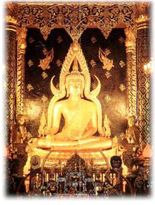
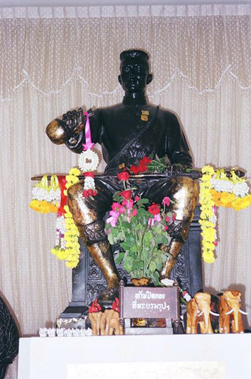
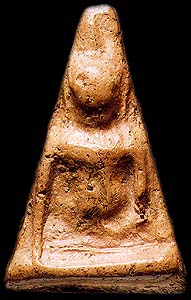
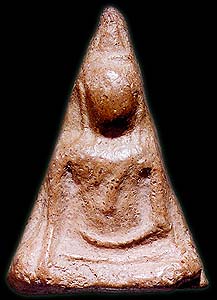
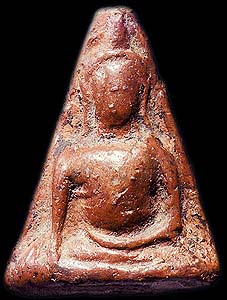
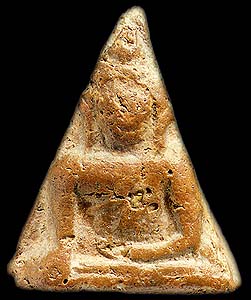
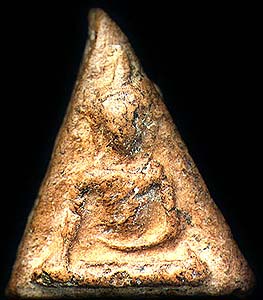
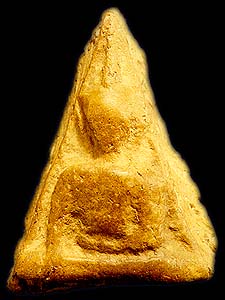
No comments:
Post a Comment